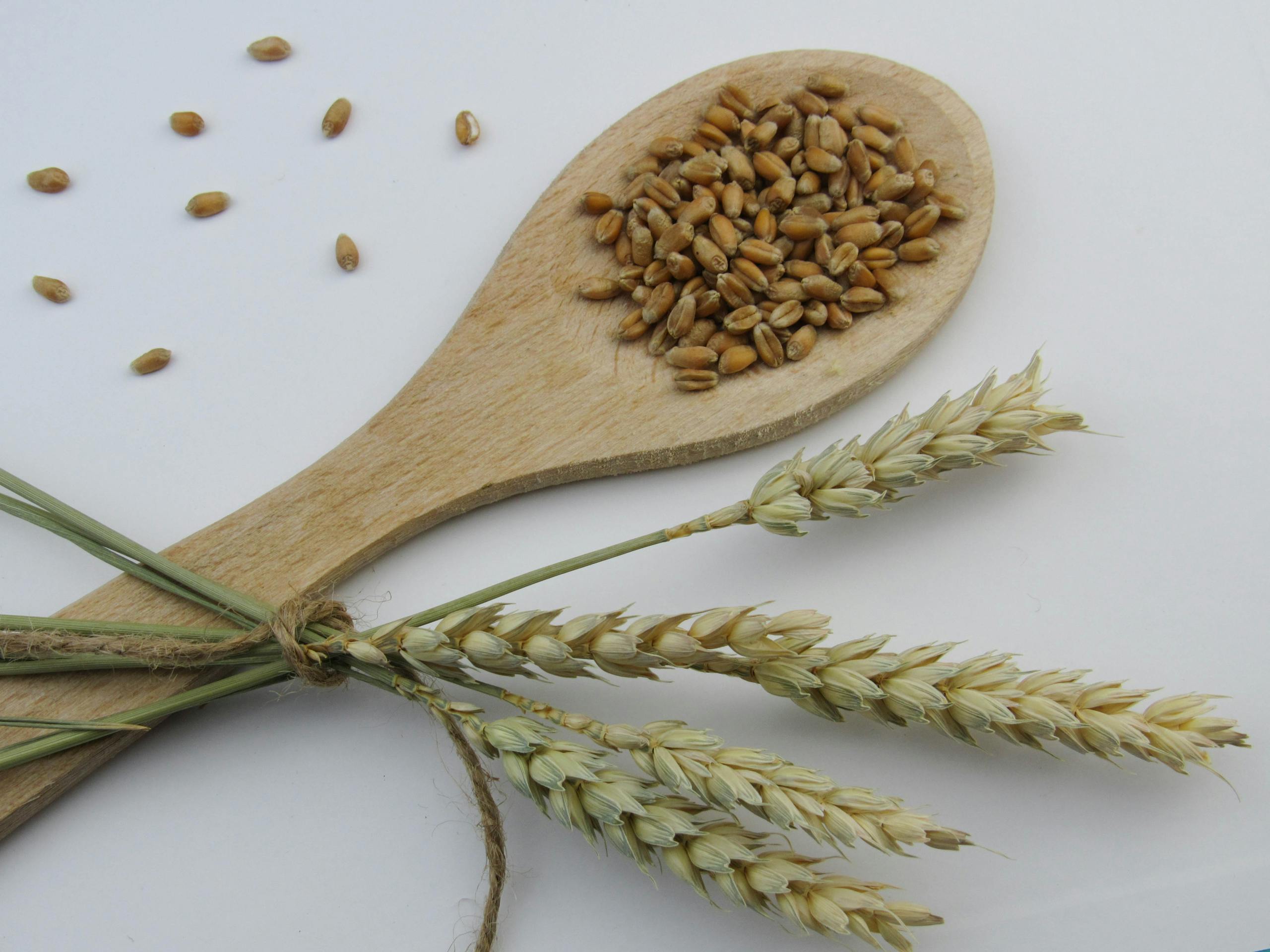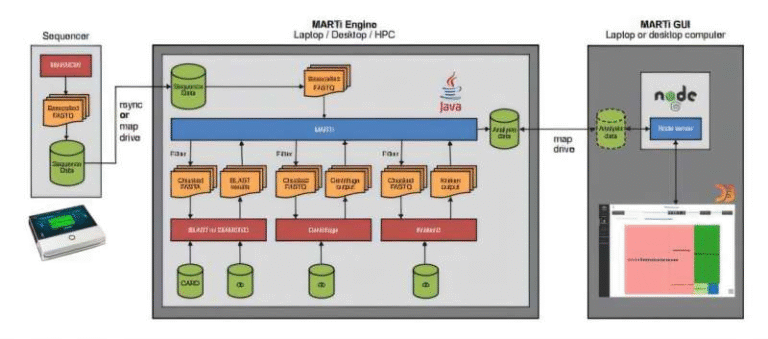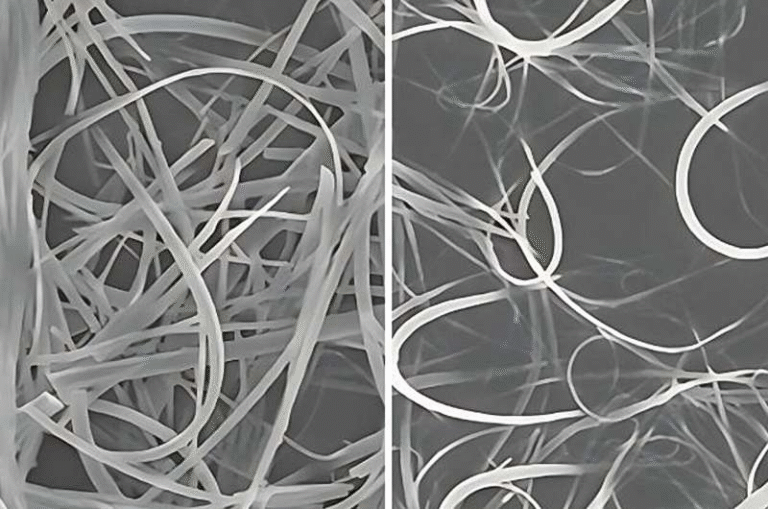High-Biomass Sorghum Hybrids Show Major Yield Gains with Smarter Nitrogen Use

Researchers at the University of Illinois at Urbana-Champaign have found that certain high-biomass sorghum hybrids—a promising source of renewable bioenergy—can deliver major gains in yield and feedstock quality when managed with the right amount of nitrogen fertilizer. The study, conducted under the Center for Advanced Bioenergy and Bioproducts Innovation (CABBI), focused on understanding which sorghum varieties perform best under Midwestern growing conditions and how nitrogen levels influence both productivity and nutrient dynamics.
Why Sorghum Matters for Bioenergy
Sorghum (Sorghum bicolor L. Moench) is gaining attention as one of the most adaptable and sustainable crops for bioenergy feedstock production. It grows well under drought, tolerates poor soils, and produces large amounts of biomass, which can be converted into biofuels or bioproducts.
Unlike corn, sorghum can thrive on marginal lands with less irrigation. It also contributes to soil conservation and carbon sequestration when managed properly. But to make it a viable bioenergy crop at a commercial scale, researchers need to identify the best-performing hybrids—those that yield high biomass, maintain nutrient balance, and provide high-quality feedstock for energy conversion.
That’s exactly what this study set out to do.
The Experiment Setup
The team tested 13 sorghum hybrids (H1–H13) over two growing seasons (2022–2023) at two Illinois locations: Urbana (in central Illinois) and Ewing (in southern Illinois).
Each hybrid was grown under two nitrogen application rates:
- 0 kilograms of nitrogen per hectare (no fertilizer)
- 112 kilograms of nitrogen per hectare (moderate fertilization)
The goal was to evaluate how nitrogen levels affected:
- Biomass yield potential
- Nutrient removal (nitrogen, phosphorus, and potassium)
- Feedstock composition (cellulose, hemicellulose, lignin, and soluble components)
By carefully comparing the results, researchers could pinpoint which hybrids deliver the most sustainable and productive outcomes for bioenergy use.
The Clear Winners: H1 and H13
Among all the tested hybrids, H1 and H13 stood out clearly as the top performers. These two hybrids were highly photoperiod sensitive (PS), meaning they respond strongly to day length. This sensitivity helped them delay flowering, allowing for extended vegetative growth—and, in turn, higher biomass accumulation.
The results showed that H1 and H13 consistently produced the greatest biomass yields at both test sites. They also required less nutrient removal from the soil, which makes them more sustainable in the long term. Moreover, their feedstock had high energy-rich composition, making them excellent candidates for biofuel conversion.
In contrast, hybrids H5 and H6 were the low yielders. They were short in stature and genetically recessive at the Dw3 locus, a gene associated with plant height. These short hybrids had limited biomass production and did not perform well under either nitrogen treatment.
Moderate Performers and Their Challenges
Some hybrids, particularly H7, H8, H11, and H12, showed moderate photoperiod sensitivity and produced grain panicles (seed heads). While this trait can be beneficial for multipurpose use, it came with trade-offs.
These hybrids demonstrated high yield plasticity—their performance varied significantly depending on the nitrogen rate and environment. However, they also exhibited excessive nutrient removal, mainly due to the accumulation of potassium (K) in the biomass and nitrogen (N) and phosphorus (P) in the grain panicles.
This heavy nutrient uptake means that, although yields were decent, these hybrids could deplete soil nutrients faster and would require more fertilizer to sustain productivity over time. That’s a big concern for long-term soil health and sustainability.
The Role of Nitrogen in Yield and Composition
Nitrogen fertilization had a strong influence on both yield and nutrient content. Applying 112 kg of nitrogen per hectare generally improved yields across all hybrids compared to the unfertilized plots. However, the magnitude of improvement depended on the hybrid and location.
In Urbana and Ewing, the higher nitrogen rate not only increased biomass but also affected the nutrient concentrations within plant tissues. The research team measured concentrations of nitrogen, phosphorus, and potassium in the biomass, along with the total amount of each nutrient removed per hectare.
Higher nitrogen also impacted feedstock composition—the relative proportions of cellulose, hemicellulose, and lignin. The superior hybrids (H1 and H13) maintained favorable ratios even under higher nitrogen, producing biomass rich in cellulose and hemicellulose, which are ideal for biofuel conversion, while keeping lignin levels moderate.
Trade-Offs and What They Mean
The study uncovered important trade-offs between yield, nutrient removal, and composition. High-yielding hybrids like H1 and H13 performed well without excessive nutrient demand. On the other hand, the grain-producing hybrids achieved respectable yields but extracted much more nitrogen, phosphorus, and potassium from the soil—raising sustainability concerns.
Balancing these traits is key for designing future bioenergy systems. As the researchers noted, there’s no “perfect” hybrid yet. The goal is to optimize productivity while maintaining soil fertility and minimizing nutrient losses.
Why These Findings Matter
For the Midwestern U.S., this study provides a crucial roadmap for choosing and managing sorghum hybrids for bioenergy purposes. The Midwest’s growing conditions—temperate climate, fertile soils, and strong agricultural infrastructure—make it an excellent candidate for bioenergy sorghum production.
But not all hybrids behave the same way, and not all fertilizer strategies are equal. The takeaway is that selecting photoperiod-sensitive hybrids like H1 and H13 can yield strong results with less nutrient depletion. Meanwhile, nitrogen fertilizer should be used strategically—not excessively—to avoid environmental and economic downsides.
This research also provides valuable data for life cycle assessments (LCAs) and carbon footprint analyses of bioenergy systems, helping estimate true sustainability impacts from field to fuel.
Data and Research Access
The researchers published a detailed dataset through the Illinois Data Bank, cataloging 20 variables across 104 hybrid-by-treatment combinations. The dataset includes measurements for:
- Biomass yield (megagrams per hectare)
- Tissue concentrations of nitrogen, phosphorus, and potassium
- Nutrient removal rates (kilograms per hectare)
- Feedstock composition, including cellulose, hemicellulose, lignin, and soluble fractions
The work demonstrates how open data can advance agricultural science, allowing other researchers to model, compare, and even breed better sorghum varieties.
The Bigger Picture: Sorghum’s Future in Bioenergy
High-biomass sorghum fits neatly into the future of renewable energy and sustainable farming. It’s a C4 crop, meaning it uses sunlight and carbon dioxide very efficiently through photosynthesis, often outperforming C3 crops like wheat or soybeans in biomass production.
With climate change increasing drought stress and heatwaves, sorghum’s resilience makes it a climate-smart crop. It can grow on lands not suitable for corn or other food crops, reducing the pressure on food production while contributing to the bioeconomy.
The challenge now is to fine-tune management practices—especially nitrogen use—and select hybrids that maximize yield without harming soil health. The Illinois team’s research is a step forward in this mission, showing that genetics and management together hold the key to sustainable biomass production.
Future research will likely explore ecosystem service benefits, such as carbon sequestration, soil health, and biodiversity impacts of high-biomass sorghum. Expanding trials beyond Illinois and over longer periods will help refine recommendations for farmers and industry partners.





